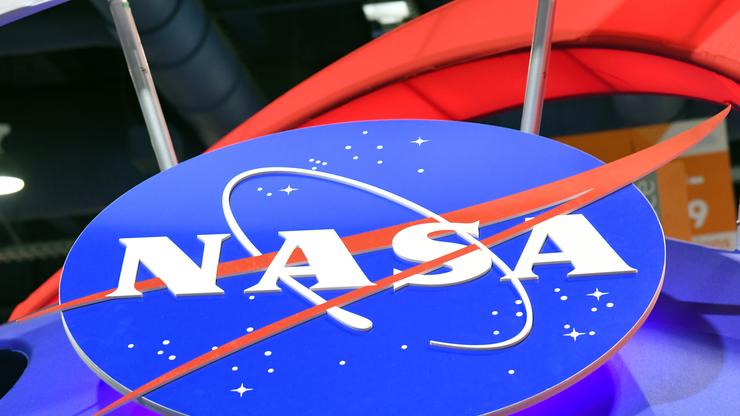NASA better offer this kid a job after his internship is over.
During his third day on the job, seventeen-year-old NASA intern Wolf Cukier was going over the variations in star brightness recorded by NASA’s Transiting Exoplanet Survey Satellite (TESS) mission, when he discovered a new planet, as noted by .
“I was looking through the data for everything the volunteers had flagged as an eclipsing binary, a system where two stars circle around each other, and from our view eclipse each other every orbit,” Cukier told NASA. “About three days into my internship, I saw a signal from a system called TOI 1338. At first, I thought it was a stellar eclipse, but the timing was wrong. It turned out to be a planet.”
“These are the types of signals that algorithms really struggle with,” said Veselin Kostov, a research scientist at the SETI Institute and Goddard. “The human eye is extremely good at finding patterns in data, especially non-periodic patterns like those we see in transits from these systems.”
TOI 1338 b, the planet found by Cukier, is 1,300 light-years away in the Pictor constellation and orbits two stars. “I discovered a planet. It has two stars which it orbits around,” Cukier said. “So, if you think to Luke’s homeworld, Tatooine, from Star Wars, it’s like that. Every sunset, there’s gonna be two stars setting.”



